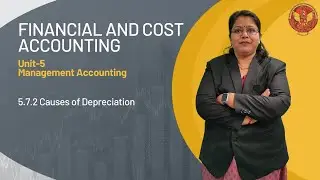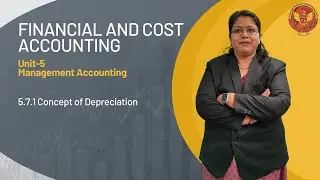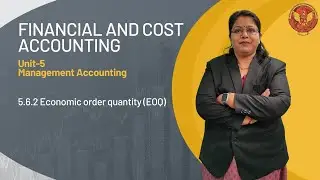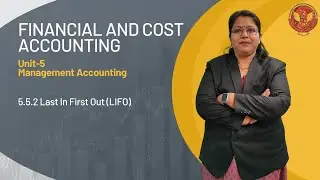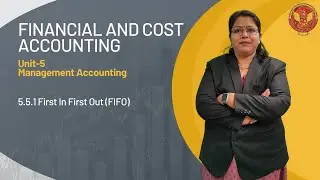1.6.2 Polar Line Encoding | EC603(A) |
UNIT 1 DATA COMMUNICATION
1.6.2 Polar Line Encoding
Welcome to Unit 01 of our comprehensive series on Data Communication and its Components! In this unit, we embark on an enlightening journey into the intricate world of data transmission, exploring its fundamental principles, essential components, and the underlying technologies that power modern communication systems.
1.1 Introduction of Data Communication & Its Components:
Get introduced to the fundamental concepts of data communication and learn about the key components that form its backbone.
1.2 Data Communication:
Delve into the essence of data communication, its significance in today's digital landscape, and its role in enabling seamless information exchange.
1.3 Data Communication Components:
Explore the intricate ecosystem of data communication components, from hardware devices to software protocols, and understand how they work together to facilitate communication.
1.4 Serial & Parallel Transmission:
Differentiate between serial and parallel transmission methods, explore their advantages and limitations, and understand their applications in various scenarios.
1.5 Modes of Data Transmission:
Uncover the different modes of data transmission, including simplex, half-duplex, and full-duplex, and grasp their implications in real-world communication.
1.6 Line Encoding:
Dive deep into line encoding techniques such as unipolar, polar, and bipolar encoding, and comprehend their roles in translating digital data into physical signals.
1.7 Protocols:
Understand the crucial role of protocols in establishing communication standards, ensuring data integrity, and facilitating seamless interaction between devices.
1.8 Standards:
Explore the world of standards and regulations governing data communication, and learn how adherence to these standards ensures compatibility and interoperability.
1.9 Standards Organizations:
Learn about the prominent standards organizations, such as IEEE, ISO, and ITU-T, and their contributions to shaping the landscape of data communication.
1.10 Line Configuration:
Explore different line configurations, including point-to-point, point-to-multipoint, and multipoint-to-multipoint, and understand their implications on network design and performance.
1.11 Topology:
Delve into various network topologies such as mesh, star, tree, bus, and ring, and grasp their strengths, weaknesses, and suitability for different applications.
1.12 Networks:
Gain insights into the diverse types of networks, including LANs, WANs, MANs, and PANs, and understand their architectures, functionalities, and applications.
1.13 Categories of Networks:
Classify networks based on their size, scope, and organizational structure, and explore the unique characteristics of each category.
1.14 Inter Networks:
Explore the concept of internetworking, learn how disparate networks are interconnected to form a unified communication infrastructure, and understand the challenges and opportunities it presents.
Ready to embark on your journey into the realm of data communication? Hit the subscribe button and turn on notifications to stay updated with the latest content. Don't forget to like, share, and comment to join the conversation!
#DataCommunication #Networking #Protocols #Standards #Topology #Networks #TechEducation #InformationTechnology #LearnTech #OnlineLearning #Education


















